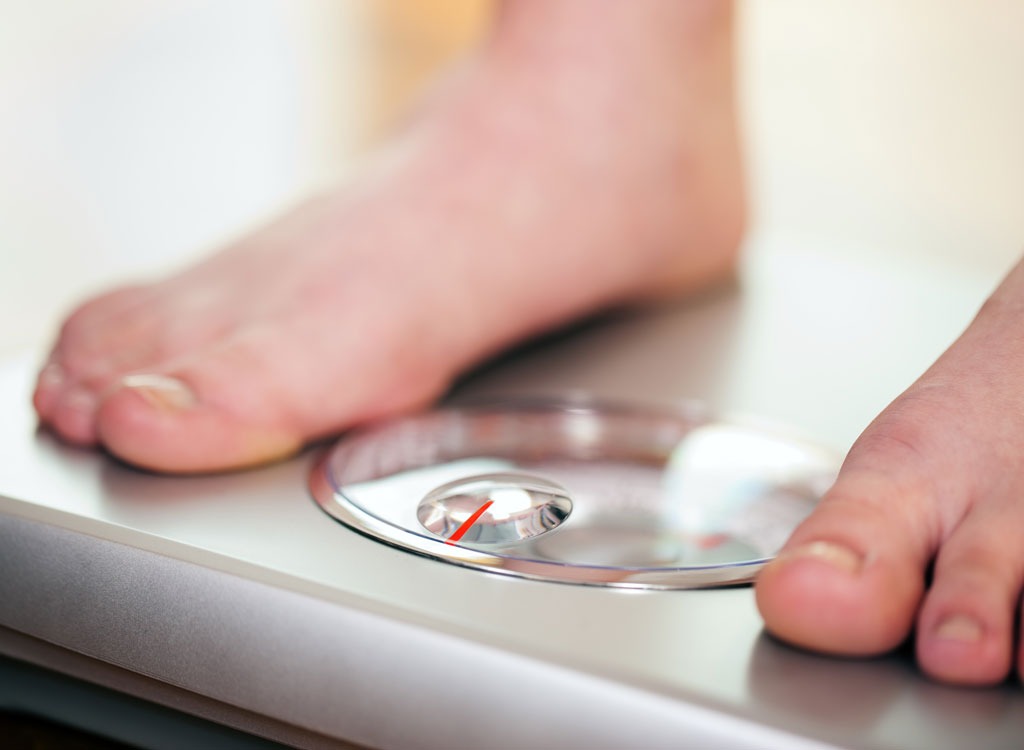Article by Blythe Flake
A healthy weight can be difficult to gauge just by looking in the mirror or comparing body sizes with people around you. Weight depends on factors such as age, sex, body type, bone density, muscle-fat-ratio, overall general health, and height. Here are 2 common ways to gauge if you are a healthy weight.
BMI (Body Mass Index) – This is calculated by dividing a person’s weight in kilograms by the squaring of their height in meters. For example, if a person weighs 80 kg and is 1.8 meters tall, their height squared will be 3.24, which gives a BMI of 24.69. The ranges are as follows: 15.9 and under is severely thin, 18.5 – 24.9 is normal healthy weight and 30 or over is obese.
Waist-hip ratio – This measurement is an important factor in understanding the health of a person. The more a person’s waist measures, the higher the risk of obesity-related health issues like cardiovascular problems and diabetes. This is a simple calculation and involves dividing your waist measurement (inches) by your hip measurement (inches). The ranges for men are; below 0.9 low risk of obesity-related problems, 0.9-0.99 at moderate risk and 1 signifies a high-risk For women, on the other hand, 0.8 is considered a low-risk category, while 0.8-0.89 is at moderate risk and 0.9 or over are at high risk.

